Canary birds can live on their own and are birds that does not require much care, so whenever you provide your bird with fresh food and enough space to fly, he will be happy, even if you have one bird. The Canary will need a relatively large cage for its basic needs. Give him food and water once a day and encourage him to do a lot of exercise to stay happy and healthy.
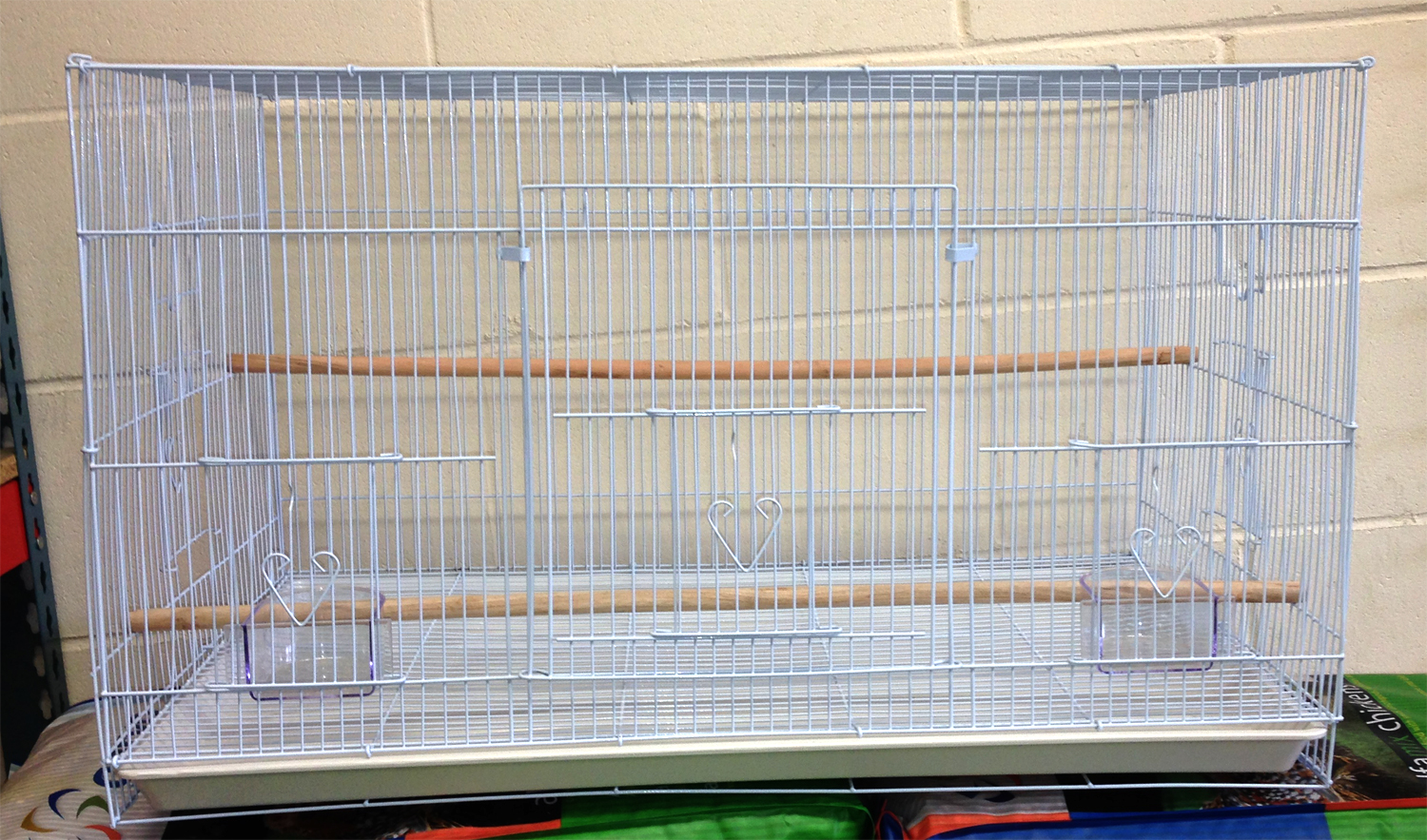

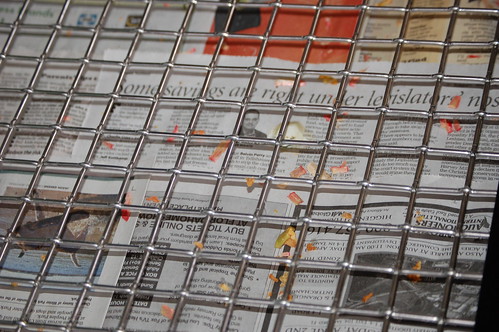

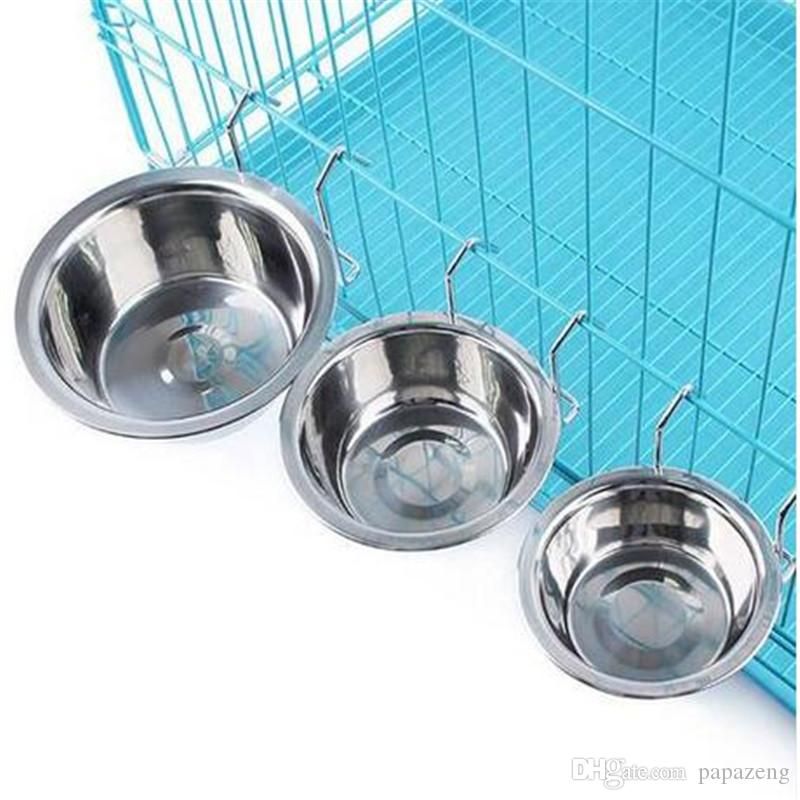




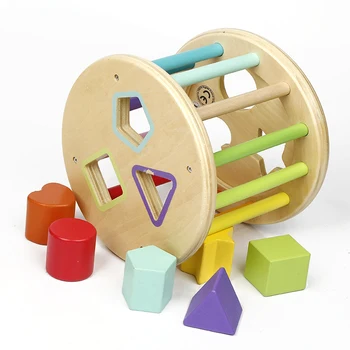

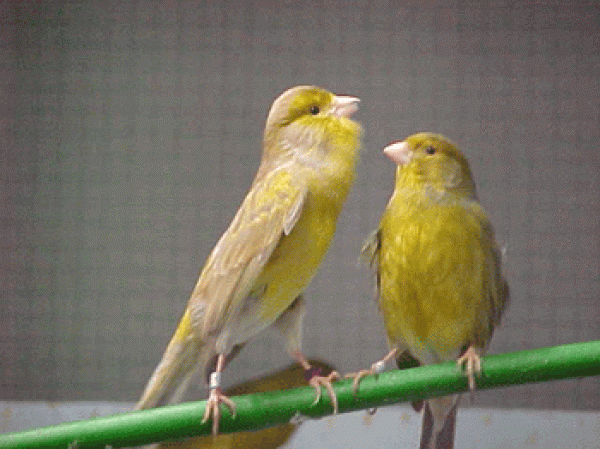

1- Buy a large rectangular cage.

A good cage for a single canary can allow the bird to fly back and forth several times. Bring one length of 40 cm at least 75 cm wide and two feet apart 1.5 cm apart. It should be wide and long instead of high to allow room for flight.
2- Find a safe but vital area for placing the cage.

Look for a room that is constantly busy so Canary does not feel lonely. Place the cage in front of a wall or in a corner away from windows, doors, air vents and direct sunlight.
3- Cover the base of the cage with newspaper papers.

That will help to clean the bird droppings easily. Change paper daily so the cage does not become too dirty.
4- Install some perches.

The perches provide space for seating. It is enough to put two perches in the cage to make the canary active and happy. The perches should be around 41 cm apart to provide comfortable space for flights.
5- Place bowls for food, water and bathing.

In general, Canary will need three dishes, one for water, one for food and one for bathing. Do not place the dishes below the canaries or the dung will fall inside.
6- Provide a varied diet for canary.

Canary needs a diverse diet of seeds, grains, fresh fruits and leafy vegetables. You can always find a custom mix of canary consisting of seeds and grains in the pet shop. Give him a teaspoon of that mixture daily.
7- Clean the cage once a week.

The cage needs deep cleaning once a week. Place the canary in the bird holder and remove the casing from the cage before placing it in hot water and soap. Wash all dishes and corns also and leave everything dry before putting it back into the cage.
8- Cover the cage at night.

Canary birds have a sensitivity from sunlight where they may remain awake if there is light inside the cage. To avoid this, place a blanket or cover on the cage at sunset.
9- Monitor the symptoms of the disease.

Canary birds have sensitive lungs and can be exposed to mites and other parasites. Take the canary to the specialist veterinarian if you notice any symptoms of the disease.
10- Put some toys in the cage.

Give the Canary two or three games in the cage to play them. Canary birds are fond of hammocks and may play ball, bells or sticks from trees.
11- Allow him to fly freely in a room.

Open the cage door to let the canary shave for 30 minutes. Then draw it towards the cage by placing fresh food or delicious foods inside the cage and then close the cage door as soon as it enters it before attempting to fly out again.
12- Canary singing.

The canary male can learn to sing from the old Canary, but if you have one bird, you will need to train him to sing for yourself. Use CDs or natural videos of Canary birds singing to teach. Read our whole article about how to make your male canary bird sing: How Do I Make My Canary Bird Sing?
13- Avoid carrying your canary.

Canary birds do not like to be carried by people so be limited to carrying if you need to clean the cage or check his illness.
